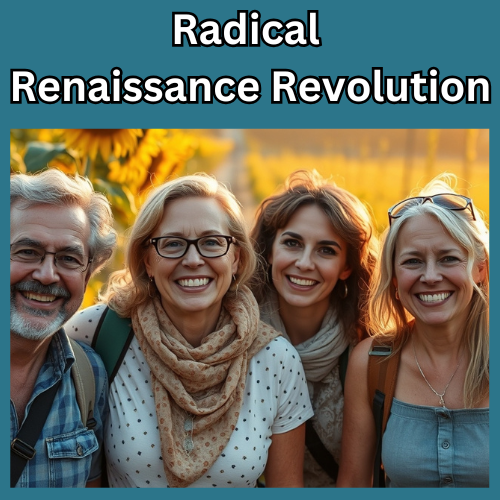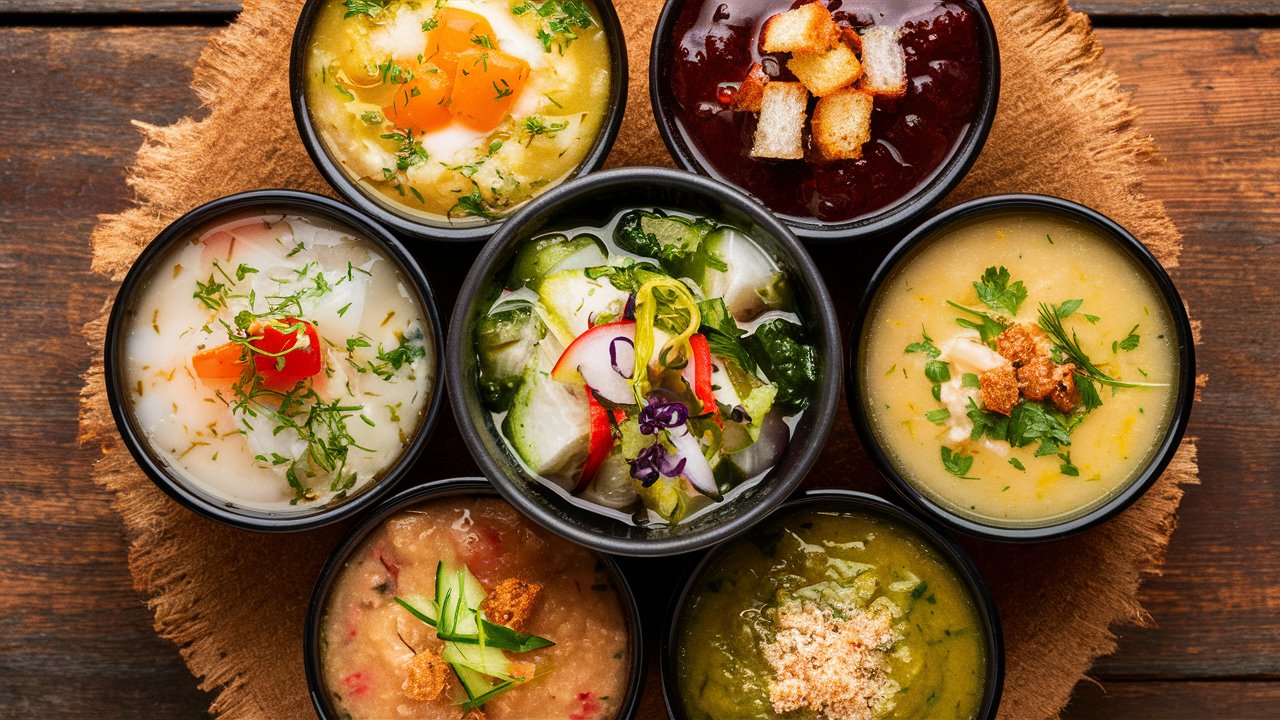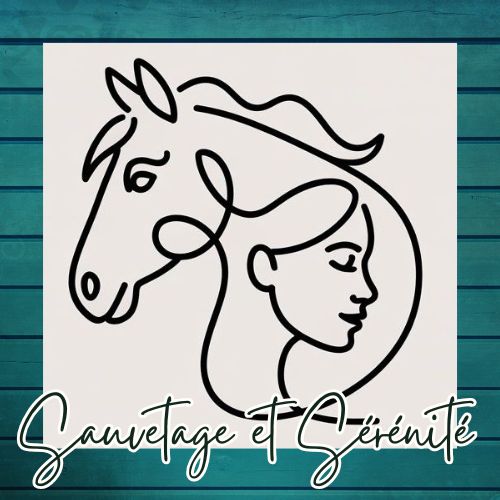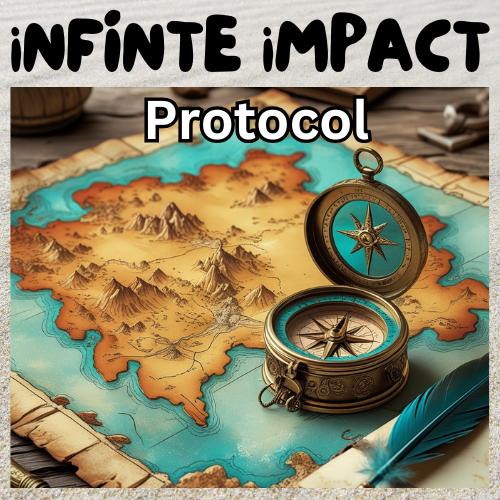The High Cost of Being Everyone’s Favourite Person – explore the emotional, financial, and psychological toll of chronic people-pleasing
Summary
Ever notice how some people seem to effortlessly attract meaningful connections while others collect relationships like unused gym memberships—lots of them, but none that actually transform their lives? This isn’t about charisma or luck. It’s about the magnetic pull of purpose. When you live from a place of authentic purpose, you naturally attract people who resonate with your values and vision, while simultaneously repelling those who were merely filling emotional voids. This article explores how purpose-driven living transforms not just what you do, but how you live your life—and why that matters more than you might think.
Deep Dive Podcast
5 Key Takeaways
- Purpose acts as a relationship filter: Living authentically naturally attracts aligned people and repels energy drainers
- People-pleasing is the enemy of meaningful connection: Performative relationships lack the depth that we need to sustain us
- Shared values create stronger bonds than shared circumstances: Purpose-aligned friendships weather life’s storms
- Authentic living requires courage to disappoint some people: Not everyone will understand your journey, and that’s okay
- Purpose gives you the strength to maintain boundaries: When you know your “why,” saying “no” becomes easier
The Day Everything Changed for Louise
Louise Allen had always been the “yes” woman. At 34, she was the friend who never missed a birthday party (even when she couldn’t afford the gift), the colleague who stayed late to help others with their projects, and the daughter who called her mother every single day—not because she wanted to, but because she felt she should.
Her calendar was packed, her phone constantly buzzing with requests, and her bank account reflected the financial drain of keeping everyone happy. Yet lying in bed each night, Louise felt profoundly alone. Surrounded by people, but starving for connection.
The wake-up call came on a Tuesday morning that started like any other. Louise was rushing to prepare for yet another social obligation—a baby shower for an acquaintance she barely knew—when she caught her reflection in the hallway mirror. The woman staring back looked exhausted, resentful, and somehow… hollow.
“Who am I even doing this for?” she whispered to her reflection.
The answer to that question would change everything.
The Void-Filling Epidemic
Louise’s story isn’t unique. In our hyperconnected world, we’ve become masters at collecting people rather than connecting with them. We mistake busy social calendars for meaningful relationships and confuse being needed with being valued.
But here’s the uncomfortable truth: when you live without purpose, you attract relationships based on convenience, neediness, or mutual dysfunction rather than genuine compatibility. You become a void-filler for others, and they become void-fillers for you.
“The quality of your life is determined by the quality of your relationships,” says relationship expert Dr. John Gottman. But what determines the quality of your relationships? Your relationship with yourself—specifically, your understanding of who you are and why you’re here.
The Purpose Paradox
Here’s where it gets interesting: the moment you start living from purpose, you begin to make people uncomfortable. Not because you’re doing anything wrong, but because authentic living holds up a mirror to those who aren’t.
When Louise finally discovered her purpose—helping other women break free from financial codependency through financial literacy education—something remarkable happened. Some friends cheered her on. Others… didn’t.
“I lost three friendships in the first six months,” Louise recalls. “These were people I’d known for years, but the moment I stopped being available for their drama and started focusing on my mission, they accused me of ‘changing’ and ‘thinking I was too good for them.'”
Louise had indeed changed. She’d stopped being a supporting character in other people’s stories and started being the protagonist of her own.
The Magnetic Pull of Authenticity
When you live from purpose, something magical happens: you start attracting people who resonate with your values and vision. It’s not about becoming perfect or having all the answers. It’s about becoming real.
Purpose acts like a tuning fork. When you’re vibrating at your authentic frequency, you attract people who harmonise with that energy. The relationships that form aren’t based on what you can do for each other, but on who you are together.
Louise discovered this firsthand when she started her financial coaching practice. “I began attracting clients who weren’t just looking for quick fixes,” she explains. “They were women who wanted to transform their entire relationship with money. We were aligned in purpose, and the work we did together went so much deeper than I ever imagined possible.”
The Death of People-Pleasing
Perhaps the most liberating aspect of purpose-driven living is how it naturally dissolves people-pleasing tendencies. When you know your “why,” you develop an internal compass that guides your decisions. You stop asking “What will make others happy?” and start asking “What serves my purpose?”
This isn’t selfishness—it’s self-stewardship. As flight attendants remind us, you must put on your own oxygen mask before helping others. You can’t pour from an empty cup, and you can’t give what you don’t have.
“The cave you fear to enter holds the treasure you seek,” wrote Joseph Campbell. For many of us, that cave is the fear of disappointing others. But on the other side of that fear lies authentic connection.
The Ripple Effect of Authentic Living
Living from purpose doesn’t just change who you attract—it changes who you become in relationships. When you’re not performing or people-pleasing, you show up as your full self. This gives others permission to do the same.
Louise noticed this shift in her marriage. “For years, I’d been the ‘easy’ wife who never complained or made waves. But as I started living more authentically, I also started communicating more honestly. My husband initially struggled with this change, but ultimately our relationship became so much stronger. We stopped being polite roommates and became real partners.”
The Courage to Disappoint
One of the hardest parts of purpose-driven living is accepting that not everyone will understand or support your journey. Some people will feel threatened by your growth. Others will try to pull you back into old patterns. A few might even get angry.
This is normal. As author Glennon Doyle writes, “We can disappoint people and still be good people. We can disappoint people and still be worthy of love.”
The key is distinguishing between disappointing people and being disappointing. When you live from purpose, you may disappoint those who want you to remain small, but you’ll inspire those who are ready to grow alongside you.
Building Your Purpose-Aligned Tribe
So how do you cultivate relationships that align with your purpose? It starts with clarity about who you are and what you stand for.
First, get clear on your values. What principles guide your decisions? What kind of impact do you want to have? When you’re crystal clear on your values, you can easily identify others who share them.
Second, be willing to go first. Share your struggles, your dreams, and your authentic self. Vulnerability is magnetic to the right people and repulsive to the wrong ones. It’s the ultimate relationship filter.
Third, invest in growth-oriented relationships. Seek out people who challenge you to become better while accepting you as you are. These are the relationships that will weather life’s storms.
Fourth, practice conscious relationship curation. Just as you might declutter your closet, periodically assess your relationships. Which ones energise you? Which ones drain you? Which ones align with where you’re going versus where you’ve been?
The Purpose Discovery Journey
If you’re reading this and thinking, “This sounds amazing, but I’m not sure what my purpose is,” you’re not alone. Many people struggle with purpose clarity, which is why I’ve developed two specialised programs to help:
The Purpose Pursuit Protocol is designed for those who haven’t yet discovered their life purpose. Through a series of guided exercises, reflections, and practical tools, you’ll uncover your unique gifts, values, and mission. Just as intermittent fasting helps you distinguish between true hunger and habitual eating, this protocol helps you distinguish between authentic calling and societal expectations.
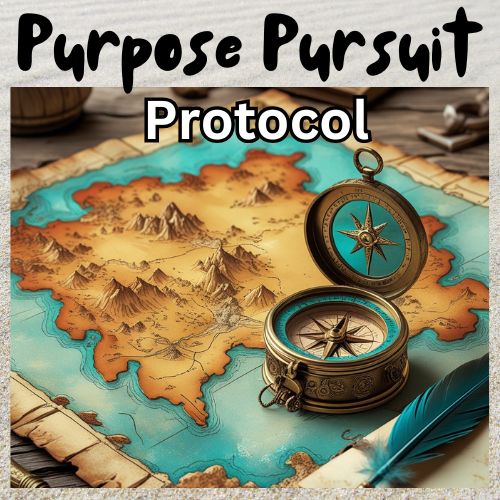
The Purpose Pursuit Protocol – if you want to discover your life purpose, this course will provide you with the clarity, motivation and direction you need to manifest your next chapter – in both your personal and professional life. Get immediate access
The Purpose Pivot Protocol is for those who need to recalibrate their life purpose. Maybe you’ve outgrown your current path, or life circumstances have shifted your priorities. This program helps you navigate the transition with grace and clarity, much like how intermittent fasting helps your body adapt to new rhythms.
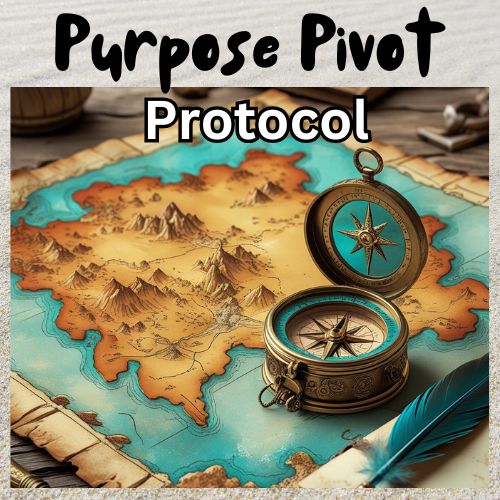
The Purpose Pivot Protocol – drawing inspiration from the Camino de Santiago, this transformative course guides you through a proven framework to recalibrate your authentic purpose and create a meaningful and fulfilling second act. Get immediate access
Both programs recognise that discovering or rediscovering your purpose isn’t a one-time event—it’s an ongoing journey that requires support, tools, and community.
The Transformation Continues
Today, Louise’s life looks dramatically different. Her calendar is less packed but more meaningful. Her relationships are fewer but deeper. Her bank account is healthier because she’s no longer funding everyone else’s happiness at the expense of her own financial security.
“I used to think being needed was the same as being loved,” Louise reflects. “Now I know that being truly seen and valued for who I am is so much better than being needed for what I can do.”
Her financial coaching practice has flourished, not because she’s the most qualified person in the field, but because she serves from a place of authentic purpose. Her clients don’t just learn about money—they learn about themselves. They don’t just change their spending habits—they change their lives.
The Uncomfortable Truth About Growth
Here’s what no one tells you about purpose-driven living: it’s not always comfortable. There will be moments when you question whether you’re doing the right thing. There will be people who don’t understand your choices. There will be times when the old, people-pleasing version of yourself seems easier.
But here’s what I’ve learned from working with people defining their purpose: the discomfort of growth is always preferable to the pain of staying stuck.
As Maya Angelou once said, “There is no greater agony than bearing an untold story inside you.” Your purpose is your untold story. The relationships you build around that story will be the most meaningful of your life.
5 Frequently Asked Questions
Q: What if I lose my friends when I start living more authentically? A: Losing friends who only liked the inauthentic version of you isn’t actually a loss—it’s a liberation. True friends will support your growth, even if they don’t fully understand it. Quality over quantity always wins in relationships.
Q: How do I know if I’m being true to my purpose or just being selfish? A: Purpose-driven living serves both yourself and others. If your choices consistently harm others or ignore their reasonable needs, you might be using “purpose” as an excuse for selfishness. True purpose elevates everyone it touches.
Q: What if my family doesn’t support my purpose-driven choices? A: Family relationships can be the most challenging to navigate when you’re changing. Start with small boundaries and clear communication. Show them through your actions, not just words, how living authentically makes you a better person to be around.
Q: How long does it take to attract purpose-aligned relationships? A: There’s no set timeline, but most people notice shifts within 3-6 months of living more authentically. Remember, this isn’t about quickly finding new people—it’s about slowly becoming the kind of person who naturally attracts meaningful connections.
Q: Can I still maintain some relationships that aren’t perfectly aligned with my purpose? A: Absolutely! Not every relationship needs to be soul-deep. You can maintain casual friendships and family relationships while being selective about where you invest your deepest energy. The key is conscious choice rather than default acceptance.
The Journey Forward
Living from purpose isn’t about perfection—it’s about alignment. It’s about making choices that honour who you are and who you’re becoming. It’s about having the courage to disappoint some people so you can truly serve others.
Your purpose is waiting for you. Your tribe is waiting for you. The question isn’t whether you’re worthy of meaningful relationships built on authentic connection—you absolutely are. The question is whether you’re ready to do the inner work necessary to attract them.
As Louise discovered, the path to meaningful relationships doesn’t start with finding the right people—it starts with becoming the right person. When you live from purpose, you don’t just change your life; you change the lives of everyone around you.
The magnetic pull of purpose is real. The question is: are you ready to feel it?
Ready to discover or recalibrate your life purpose? Join hundreds of others who have transformed their relationships through authentic living. Learn more about The Purpose Pursuit Protocol and The Purpose Pivot Protocol, and start your journey toward purpose-driven relationships today.
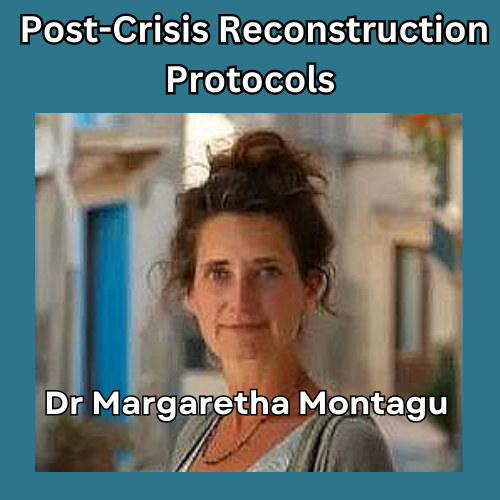
“I am an experienced medical doctor – MBChB, MRCGP, NLP master pract cert, Transformational Life Coach (dip.) Life Story Coach (cert.) Counselling (cert.) Med Hypnotherapy (dip.) and EAGALA (cert.) I may have an impressive number of letters after my name, and more than three decades of professional experience, but what qualifies me to excel at what I do is my intuitive understanding of my clients’ difficulties and my extensive personal experience of managing major life changes using strategies I developed over many years” Dr M Montagu








